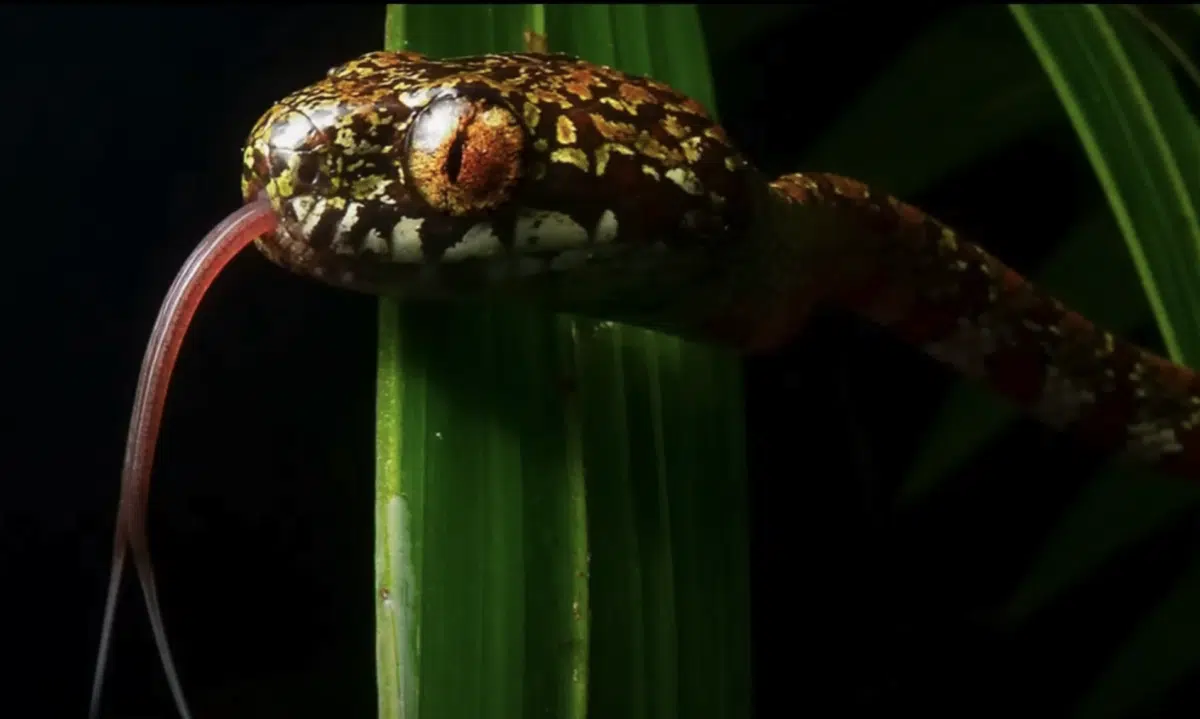In 2023, scientists made remarkable discoveries, uncovering or redescribing various new species across the globe. This article aims to provide an overview of ten such remarkable species. These new species discoveries have emerged all around the globe, from Australia’s Great Barrier Reef to the Ecuadorian Amazon. Each of these discoveries symbolises how incredibly vast and known our planet and its biodiversity are, as well as the ever-increasing need to conserve and protect all the creatures that call Earth home.
1. Lady Elliot Shrimp Goby (Tomiyamichthys elliotensis)
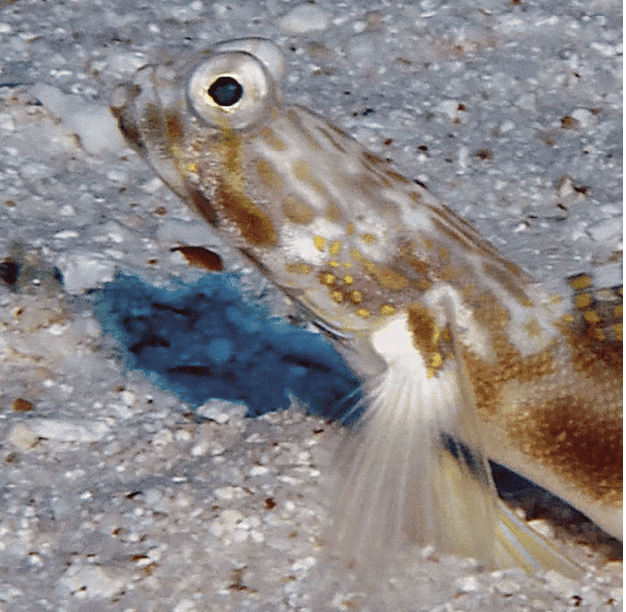
In 2023, the Lady Elliot Shrimp Goby was discovered in the Great Barrier Reef by the University of the Sunshine Coast. Found in shallow waters on Lady Elliot Island, this species is notable for living in sand burrows with alpheid snapping shrimps. It’s small, white with brown spots, yellow-orange bands, and a large sail-like dorsal fin.
2. Costa Rican Flowering Plant (Stenostephanus purpureus)
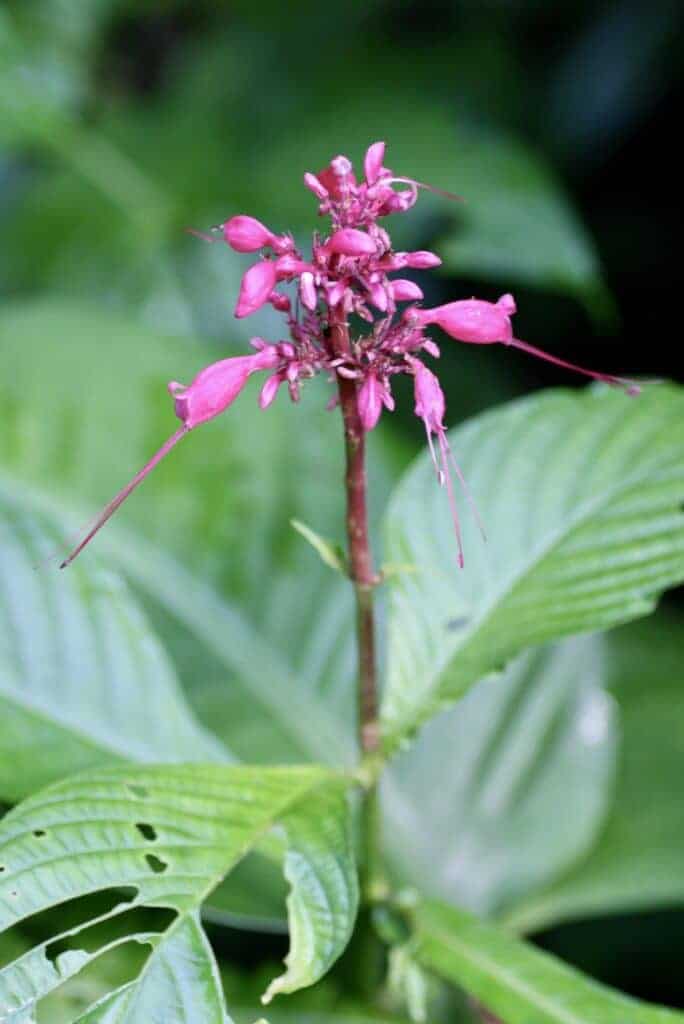
Image credit: Dr. Alexey Yakovlev, CC BY-SA 2.0, via Wikimedia Commons
A flowering plant from Costa Rica, closely related to the flower pictured above (no pictures could be found of S. pupureus, had been misidentified for over 150 years until 2023. Its unique flower color and pollen morphology, along with the absence of a “landing pad” for insect pollination, distinguish it from its Mexican counterpart, S. silvaticus.
3. Leaf-tailed Gecko (Uroplatus garamaso)
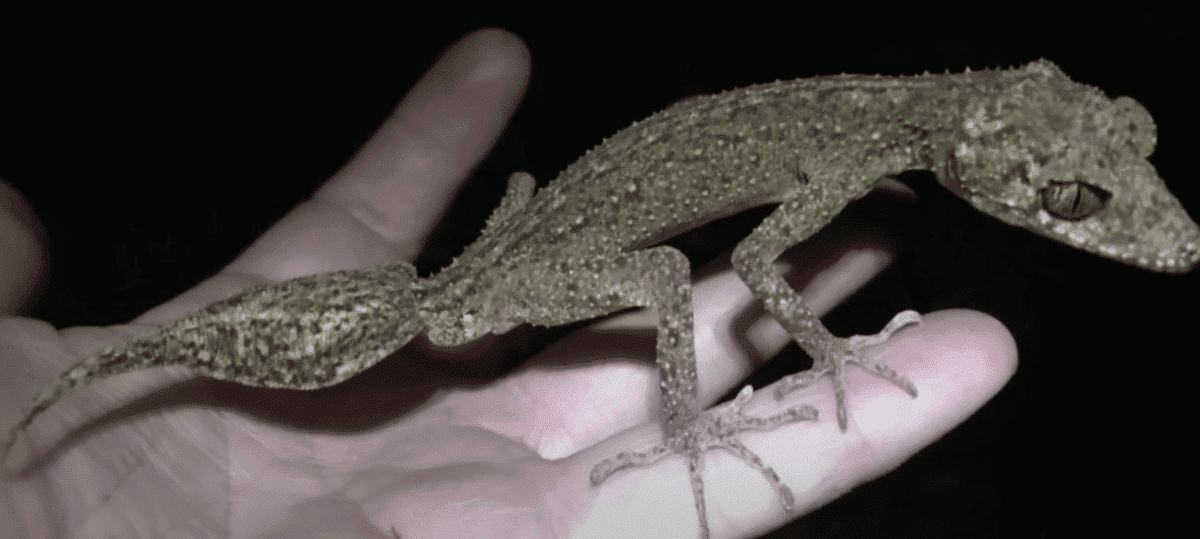
Uroplatus garamaso is a newly identified leaf-tailed gecko species from northern Madagascar, distinct for its camouflage abilities and nocturnal habits. Initially thought to be a population of Henkel’s leaf-tailed gecko, U. garamaso was recognized as a separate species in 2023 due to DNA and morphological differences. Smaller than U. henkeli, it features a wide, flattened tail, yellow-red iris coloring, and lacks black tongue-tip pigmentation. Endemic to Madagascar’s dry forests, it faces threats from habitat destruction and the pet trade.
4. Orchid (Gastrodia pushparaga)

Gastrodia pushparaga, a recently discovered terrestrial orchid in Sri Lanka, is notable for its amber hue with red streaks, reminiscent of the local yellow sapphire, pushparaga. It was found in the Ratnapura district and near the Sinharaja reserve. Flowering from March to April, this newly discovered species thrives in the dense leaf litter of mixed dipterocarp-dominated forests. After flowering, the stem grows further, possibly aiding seed dispersal. Classified as vulnerable, G. pushparaga‘s discovery in fragmented forests like Walankanda underscores the importance of conserving these biodiversity hotspots in Sri Lanka.
5. Río Negro Stream Frog (Hyloscirtus tolkieni)
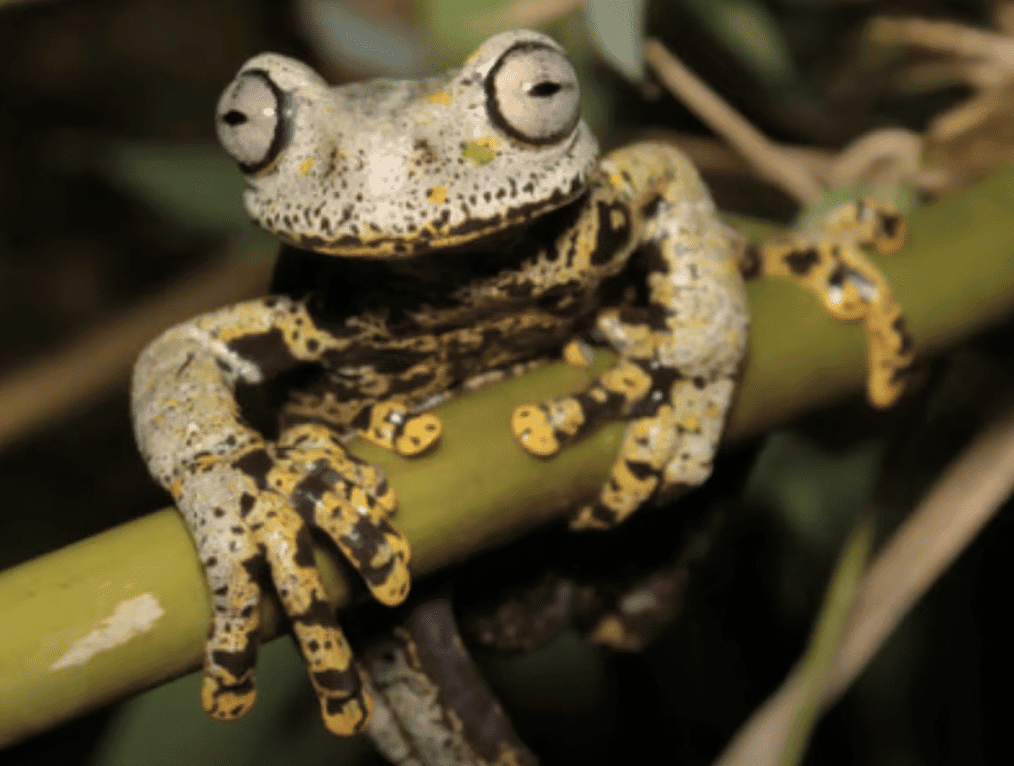
Hyloscirtus tolkieni, also known as the Río Negro stream frog, is a new frog species discovered in 2023 in Ecuador’s Andes Mountains. Found at an elevation of 3190 meters, this species belongs to the Hylidae family. The adult female measures about 64.9 mm and features a gray-green color with distinctive yellow and black marks. Its unique habitat is the Río Negro-Sopladora National Park, a protected area within the Sangay-Podocarpus Corridor, which is known for its diverse biodiversity. Only one individual of this species has been found, prompting calls for urgent research to understand its ecology, population trends, and potential threats for conservation purposes.
6. Kem Kem Abelisaur
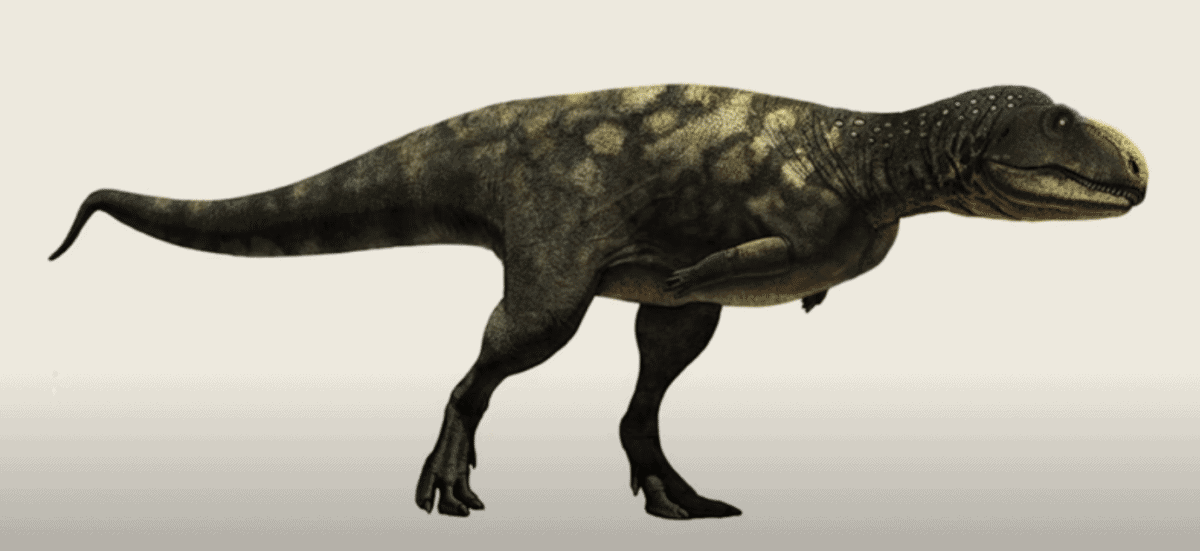
A dinosaur relic from Morocco, dating back 66 million years. The discovery of this abelisaurid, a relative of the T. rex, provides insights into prehistoric ecosystems just before the asteroid impact that led to the dinosaurs’ extinction.
7. Lightbulb Anemone (Bellactic lux)
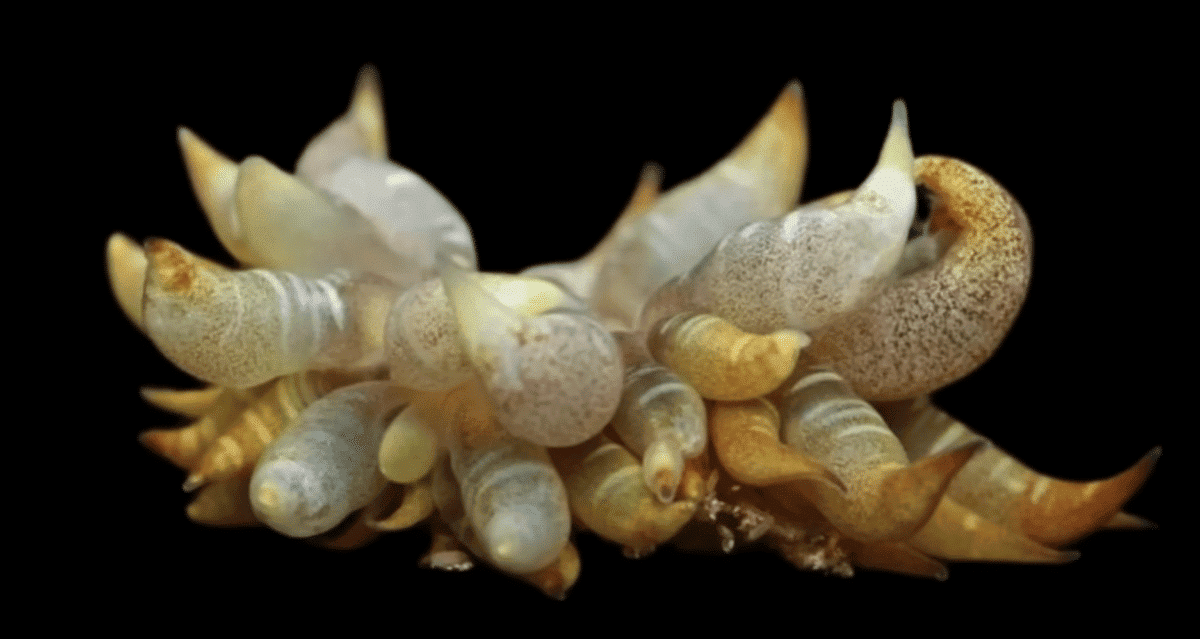
The Lightbulb Anemone, is a unique species from the Aiptasiidae family. These anemones exhibit varied colorations, including brown, beige, greenish hues, and occasionally translucent yellow. Notable for their stringy tentacles, which sometimes resemble bubble tips, they feature distinct white or cream bands. Typically, they reach a maximum size of around 3.5 inches. Preferring medium water flow and low to medium light, Lightbulb Anemones are not invasive and don’t exhibit extensive spreading behavior typical of some other anemone species.
8. Three New Nautilus Species
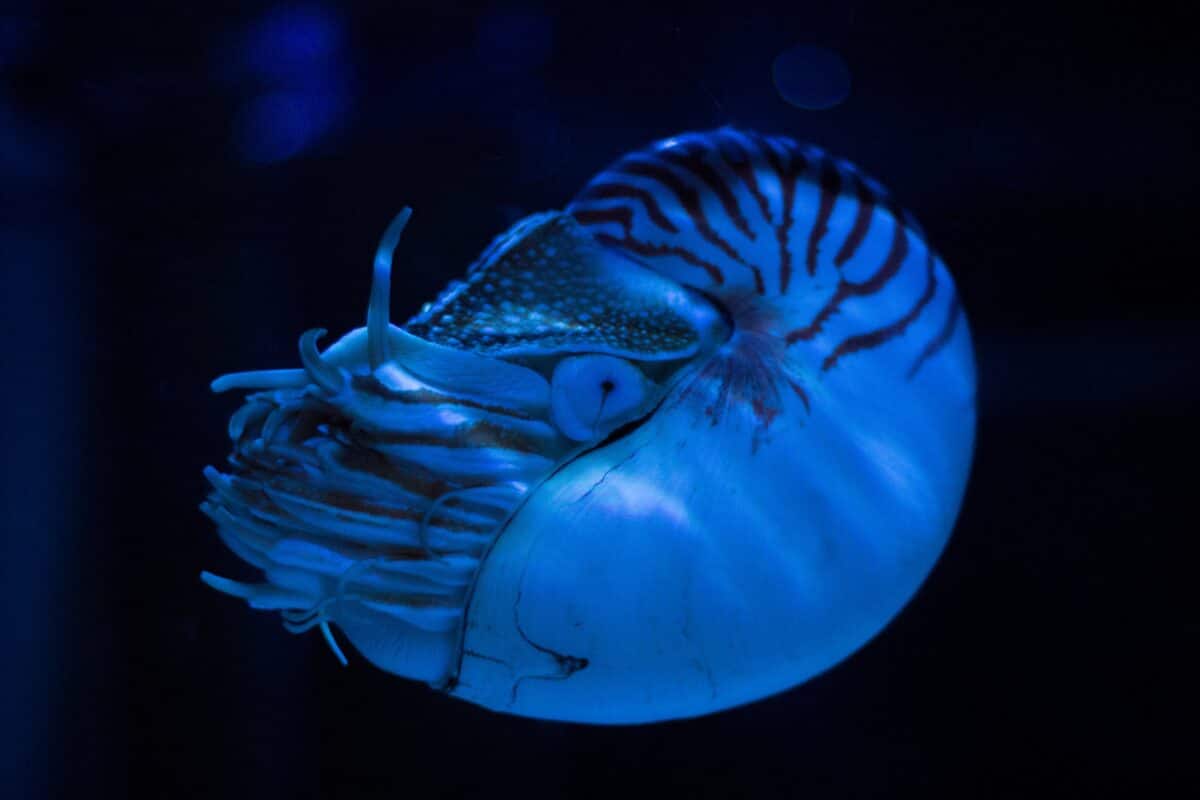
Three new species of nautilus, Nautilus vitiensis, Nautilus samoaensis, and Nautilus vanuatuensis, have been identified in the Coral Sea and South Pacific, demonstrating the ongoing evolutionary diversification of nautiluses across the Indo-Pacific. These deep-sea creatures, existing for about 500 million years, are constrained to specific ocean depths due to physiological limitations. The presence of multiple, distinct nautilus species in different seamounts suggests a high degree of isolation and speciation, making each population uniquely important for biodiversity.
9. Giant Crab Spider (Sadala rauli)
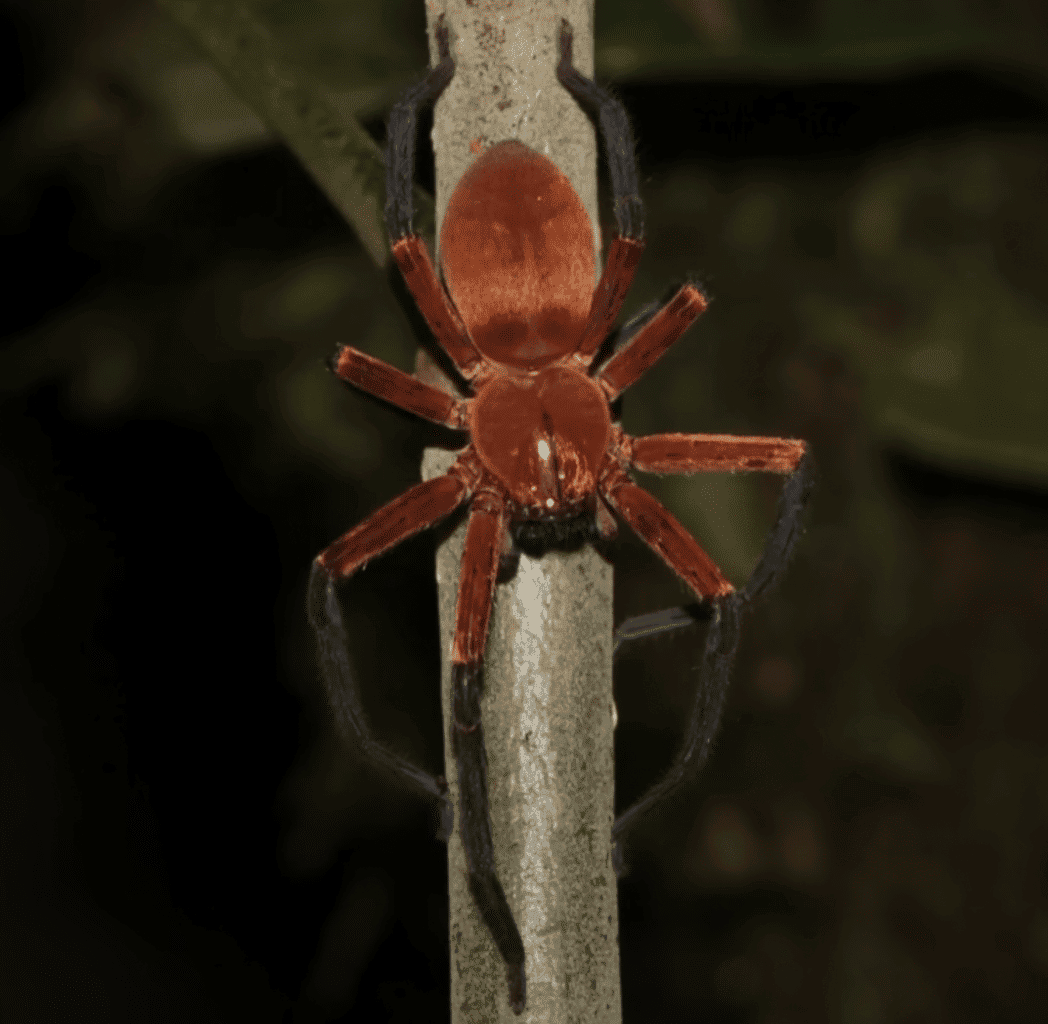
A new species of giant crab spider was discovered in the Ecuadorian Amazon, specifically in the Yasuní Biosphere Reserve. This discovery marks the first record of the Sadala genus in Ecuador’s spider family tree. The species, known only from female specimens, is similar to two Peruvian Sadala species, with identification based on reproductive system morphology. These spiders are distinguished by their unique stance on vegetation, extending their legs to the sides.
10. DiCaprio’s Snail-Eating Snake (Sibon irmelindicaprioae)
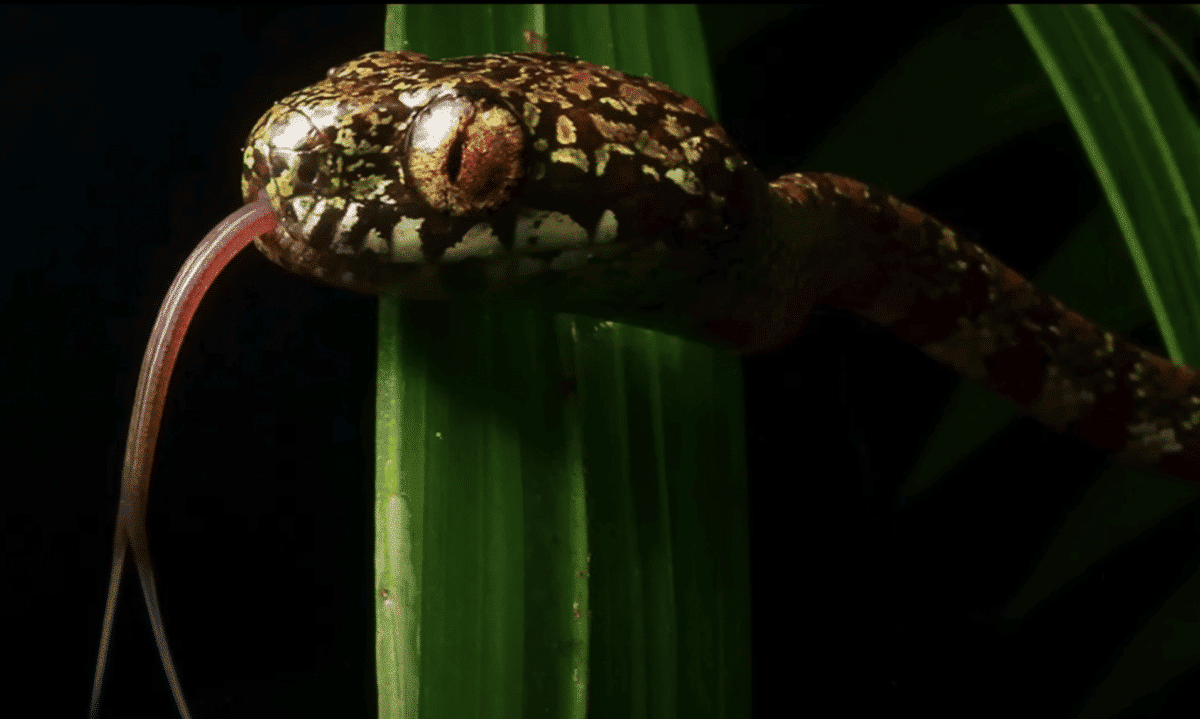
This nonvenomous species, part of the Dipsadinae subfamily, is endemic to the Chocó-Darién Gap forests spanning eastern Panama and western Colombia. It was named after actor Leonardo DiCaprio and his mother, Irmelin Indenbirken. When threatened, it exhibits a unique behavior of hiding its head and releasing a pungent odor to deter predators. This species, characterized by its vibrant brown and white-striped skin and distinctive red eyes, highlights the region’s rich biodiversity.
What do you think about these newly discovered species? Leave a comment below.
Thank you for following along with this article – 10 New Species Discovered in 2023
You may also like:
- Scientists Make Amazing Discovery of New Scorpion Species in UAE
- A New Pangolin Species Discovery Renews Hope
- A Closer Look at Five New Hedgehog Species Discovered In Southeast Asia
- Dog Trapped in Cave with Bear For Three Days is Rescued - October 19, 2024
- Caged Humans Are Looked Upon By Free Animals - October 18, 2024
- Aspen and Juniper: A Beaver Love Story at the Smithsonian’s National Zoo - October 18, 2024

